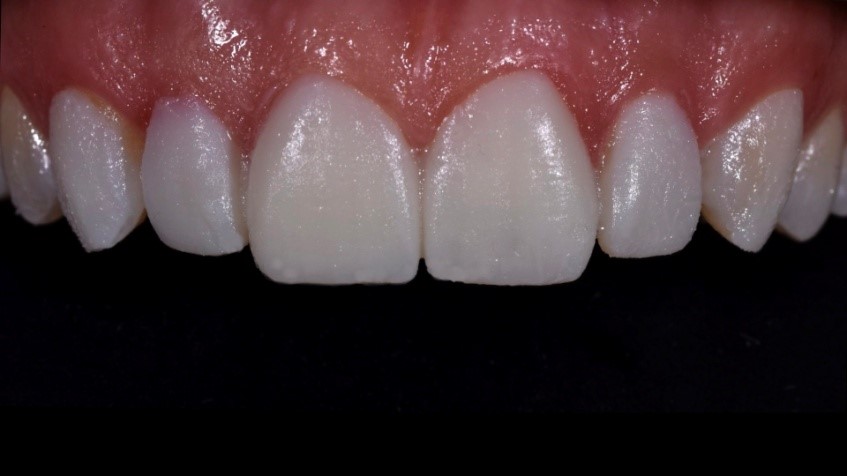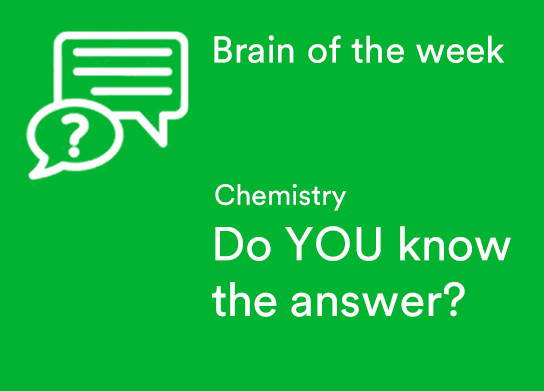Who was certain that the first teeth were formed from milk?
Brain of the Week – Fun Facts


Does it happen to you that a patient hesitates to accept a treatment plan? See how a mock-up can help your patients to quickly understand and accept the proposal.

More than ever, individuals pay attention to their appearance and, above all, to their smiles. An esthetic smile presupposes a balance between pink and white esthetics, where dental proportions and gingival levels are respected in order to achieve perfect dental harmony.
Thanks to the availability of new materials and technologies, it is possible to improve the esthetics of the smile with a minimally invasive approach. Specifically, treatment with ceramic veneers allows us to implement small, but targeted adjustments in the shape, colour and esthetic composition of the smile.

Regardless of the planned approach and its invasiveness, it can be difficult for patients to accept the proposed treatment plan. Often, patients desire to rehabilitate only a few teeth, but, if a restoration is in an esthetic area, it may be necessary to operate on the whole anterior area. In this case, digital tools such as “Digital Smile Design” or similar concepts are very useful, because they help patients to understand the treatment plan and visualize the planned treatment outcomes.
One case, two treatment options: The left image displays the desires of the patient, the right one the treatment plan recommended by the dentist, which involves eight maxillary teeth in the aesthetic region.

While virtual planning and visualization are helpful, the most important step prior to treatment plan acceptance is the creation of a mock-up. This mock-up is the treatment plan transferred into the patient’s mouth. In the first step, the dental technician develops a wax-up on the model according to the virtual analysis and the dentist’s instructions. This wax-up is then transferred onto the patient’s teeth.

Model without and with the wax-up developed by the dental technician with the virtual analysis in mind.

The advantage of this procedure is that, in the vast majority of cases, it is possible to create a real representation of the treatment outcome in a non-invasive way before starting the treatment. Thus, the mock-up is more than just a visualization of the possible outcome; it allows us to perform a real esthetic and functional test drive.

Patient’s teeth without and with the mock-up.
In order to create optimal conditions for a test drive, it is necessary to select a high-performance mock-up material which enables the user to develop a precise copy of the diagnostic wax-up in just a few minutes. One of the most important features of a mock-up material is excellent esthetics, including a great surface quality that allows for replication of the natural surface characteristics we plan to preserve. Further, the strength of the material needs to be high enough for a wear period of several days after temporary cementation. In line with these requirements, bis-acrylic resin materials (e.g. 3M™ Protemp™ 4) are recommended. A mock-up made of this material is not only used for a test drive, but it also serves as a temporary restoration in the period of time between impression taking and the definitive cementation of the ceramic veneers.

If the silicone index, which is needed to transfer the wax-up into the mouth, is produced correctly, the process of creating the mock-up with a bis-acryl composite resin is safe and easy, and the results are reproducible. When it comes to polishing, certain self-curing bisacrylic termporary materials (e.g. 3M™ Protemp 4 Temporization Material), require just a wipe with ethanol to remove the oxygen inhibition layer.
On the other hand, the use of light-curing composite in a transparent matrix is more time-consuming and complex. After the wax-up is transferred into the mouth and light-cured, it is necessary to remove excess material and polish the composite. Another factor that might complicate the procedure with light-cured composite is the difficulty of removal, as the material tends to stick to the patient’s teeth even without an adhesive.

Silicon index made of impression material (3M™ Imprint™ 4 Preliminary VPS Impression Material)

Transparent silicon index for light-curing resin.

In line with the philosophy of “Success Simplified”, the mock-up production workflow should be standardized and simplified to efficiently obtain predictable results.

Before sending patients home with the mock-up in place, they should be informed that their teeth might appear bulkier and that in long-span temporaries, a tension might be perceptible due to contraction of the resin. Moreover, it is fundamental to advise them about the differences in the light-optical properties of the resin versus the final ceramic restorations.
Thanks to the use of a high-quality bis-acryl composite resin and a streamlined protocol for the production of a mock-up, we are able to put our treatment plan to a real-life test. This test allows us to detect possible critical aspects and clinical problems before performing any irreversible procedure, and it gives patients the visual they need to accept the proposed treatment plan. Indeed, the preview will allow patients to assess their new smile and to address any questions or concerns they may have.

Brain of the Week – Fun Facts

Brain of the Week – Estimate

Brain of the Week – Chemistry